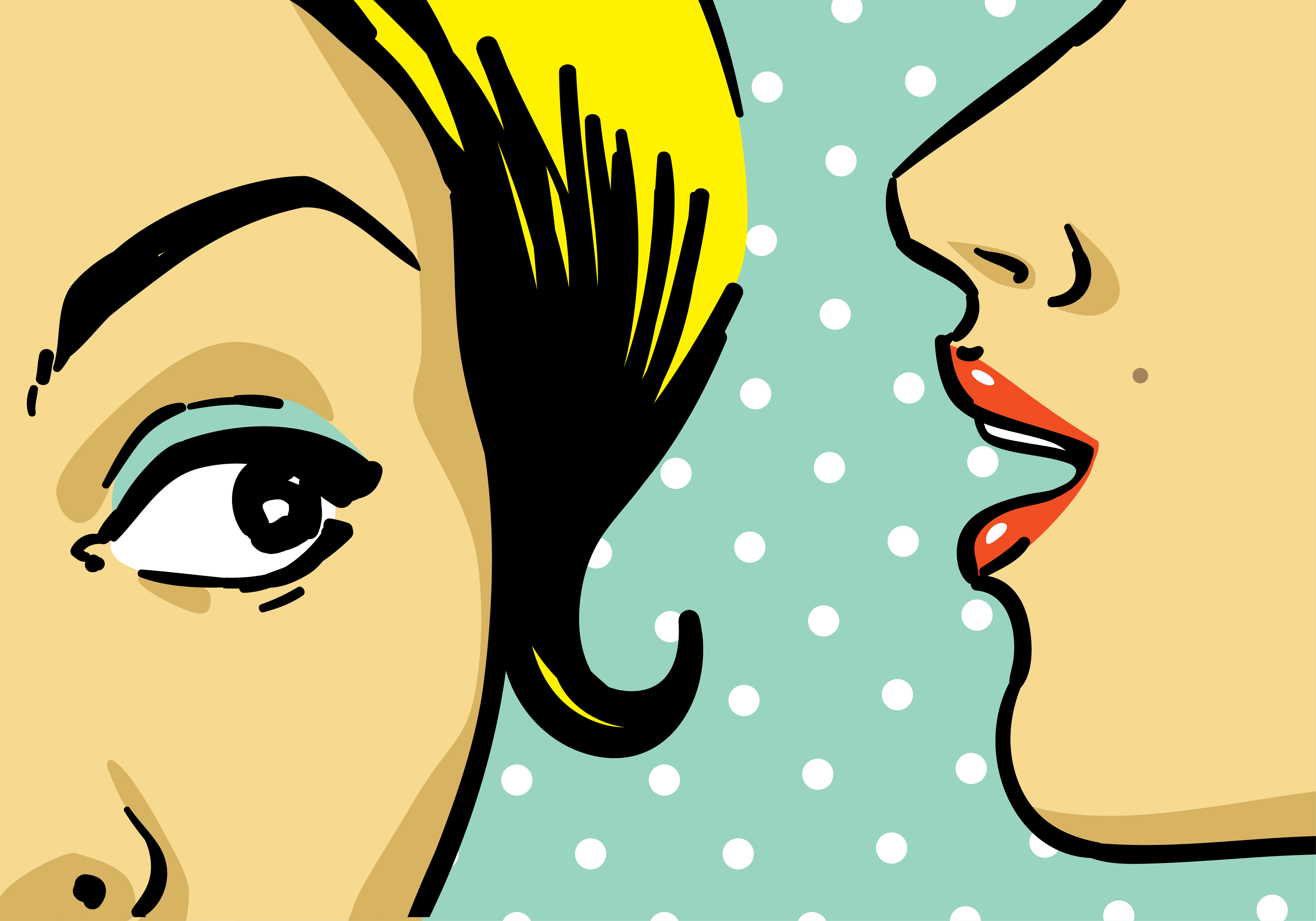Don’t forget that Marketing is Human2Human. I say this whenever I deliver a keynote: “We have to remember that no matter what type of marketing or engagement we are endeavouring to undertake, we need to be mindful of the fact that we are humans talking to humans.” As humans, we feel. We have reactions to the things we see. We can fall right in the centre or become polarized on any number of topics. Marketing has become almost farcically complicated, as we try to segment people into Business2Business, Business2Consumer, personas, archetypes, and whatever novel categories we can muster. The rise of digital, social, mobile and a world where people are now brands and brands are now people, has made it just that much more confusing.
Humans, by our very nature, are social creatures, yet our staccato digital interplays often lack nuance and can create an atmosphere of anonymity versus inclusiveness. It seems our new short-form marketing exemplar often doesn’t take into account the classic ‘Curse of Knowledge.’ I’ve always been fascinated by the fact that if we try to tap a song out with our fingers for someone (a song that is playing so clearly in our own heads), our brains assume the other person totally gets what we’re tapping. In reality, the other person typically has no clue what’s being tapped! Why is this? Because when we’re tapping, it’s impossible for us to avoid hearing the correct, accompanying music playing along. We have a symphony running in our minds, and we assume we’re conveying this clearly and directly, yet the other person has none of the context. The success ratio in tapping a well-known song like ‘Happy Birthday’, and the listener actually guessing it, is a mere 2.5% (says a Stanford University study that delved into the Curse of Knowledge). The most surprising thing though is that the tapper predicted that the listener would get it right 50% of the time – quite the delta. So how much of what we think we are communicating is getting missed?
With access to instantaneous information and new mediums converging on us daily, the way we humans communicate has morphed and changed forever. I heard it loud and clear in Mark Zuckerberg’s latest F8 Facebook address where he said, “I’ve never met anyone who likes calling businesses.” He went on to proffer that “the world of bots is now”… after all, who wants to have an awkward conversation with a person when ordering a product or service? Chatbots or bots (as you’ll hear them called), are software algorithms powered by artificial intelligence and natural language processing. They live inside messaging apps and answer questions posed to them by humans such as handling organizational tasks, ordering flowers or making dinner reservations.
So as we eliminate face-to-face with texting and messaging, shorten our dialogues into bursts with character limits, and lose nuance and body language clues – leaving us with an onslaught of non-visual communication – we must remember our very human nature. In our noisy, fast-paced, short-attention-span world, we must strive to build context and become better storytellers. After all, stories (and strong storytelling) add the vibrancy, personality, and relevance to whatever it is your brand is trying to convey (or sell). Stories help us appreciate how things fit into our individual experiences and give us the needed context to make decisions. Look for an emotional connection with your audience instead of simply pushing a bunch of benefits. How does what you’re offering truly help their lives? Make your marketing interesting, tell great stories, create a mood, inspire action, and – think like a human.
Michael
Michael Chase, CMO
St. Joseph Communications
#MMM > http://stjoseph.com/monday-morning-mashup-may-16th/
